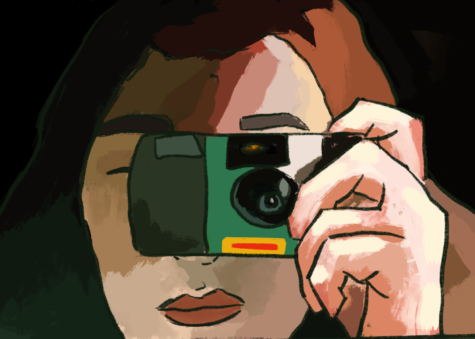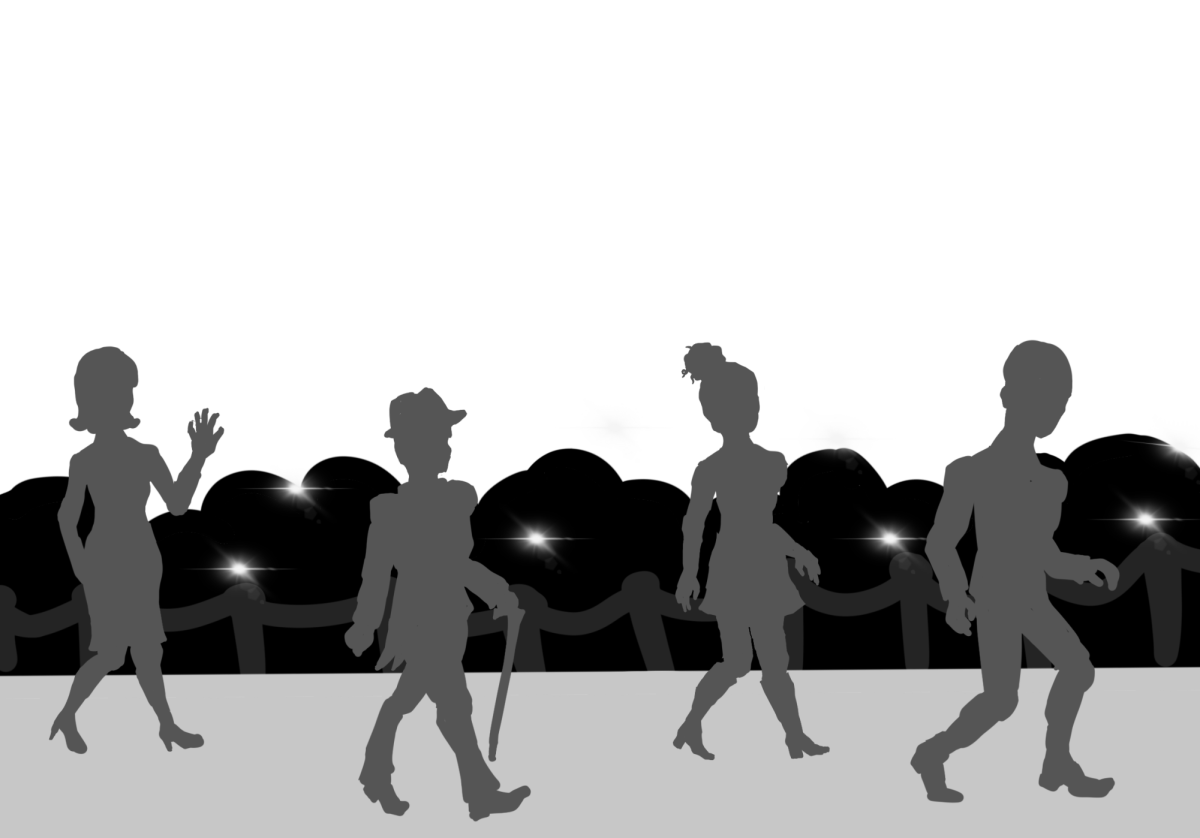
Terms such as exposure, development, and 35mm, have worked their way back into the everyday vocabulary of teens. Film photography began in the early 1900’s, and in the past few years it has re-emerged as a popular hobby. In 1907, Authochrome created the first film photography, which initially was very delicate and not for hand held use. Although as time progressed, the durability improved by the 1930’s. Additionally, film used to exclusively produce black and white photos, but in 1935 Kodakchrome introduced color film. As innovations furthered, this mode of photography became cheaper and was no longer exclusively for the social elite’s use. In 1973, Polaroid sparked this movement with their invention of instant film, inspiring amateur photographers. Finally, individuals could take their photos and see the results within minutes!
However film cameras are far from instant, due to the complicated process behind it. When the film is loaded into the camera and the “picture is taken” by pressing the shutter button, a certain amount of light is let into the camera, which leaves a chemical trace of the photography film. Once a whole roll of pictures has been taken, the camera can be unloaded and film is ready for processing. In this process, the negatives are treated in different chemical solutions and then scanned so the pictures are visible.
As the new generation of photographers returned to the practice of film photography, brands such as Kodak and Fujifilm have seen significant increases in sales. Influencers such as Emma Chamberlain, Hannah Meloche, and Lily Chee have taken up this practice, posting photos to their instagrams from film. Seeing favorite influencers posting their film photos on social media has inspired many teens. Although, one might question: if the processing and development of film is such a tedious process, why are people returning to it?
When proposing this question to various Lower Merion students, they gave insight to the advantages of film. LM student Emily Zhang ’24 said,”Film captures a depth and richness in a photo that an iPhone simply can’t achieve.” She went on to propose the idea that, “Because you have such a limited amount of takes, it forces you to focus on the image, producing something much more meaningful.” Overall, the consensus on film from students is that it can differentiate a photo, evoking emotions of nostalgia.
Many may be enticed to try film photography, but are at a loss for where to begin. A simple disposable camera can be purchased at any CVS or RiteAid, and after snapping pictures you can bring them back to get the photos developed. Having fun with this art and taking the strictness out of taking photos is the key to this practice!






